
The Battle of Spotsylvania Court House, sometimes more simply referred to as the Battle of Spotsylvania, was the second major battle in Lt. Gen. Ulysses S. Grant and Maj. Gen. George G. Meade's 1864 Overland Campaign of the American Civil War. Following the bloody but inconclusive Battle of the Wilderness, Grant's army disengaged from Confederate General Robert E. Lee's army and moved to the southeast, attempting to lure Lee into battle under more favorable conditions. Elements of Lee's army beat the Union army to the critical crossroads of the Spotsylvania Court House in Spotsylvania County, Virginia, and began entrenching. Fighting occurred on and off from May 8 through May 21, 1864, as Grant tried various schemes to break the Confederate line. In the end, the battle was tactically inconclusive, but both sides declared victory. The Confederacy declared victory because they were able to hold their defenses. The United States declared victory because the Federal offensive continued and Lee's army suffered losses that could not be replaced. With almost 32,000 casualties on both sides, Spotsylvania was the costliest battle of the campaign.
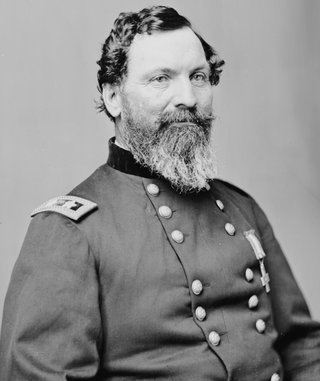
John Sedgwick was a military officer and Union Army general during the American Civil War.
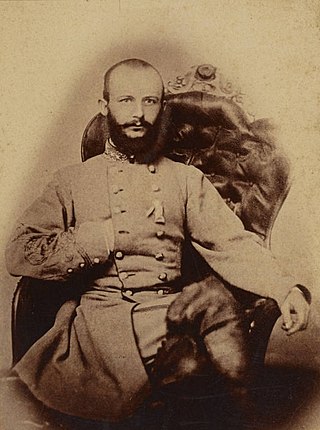
Stephen Dodson Ramseur was a Confederate general in the American Civil War, at one point the youngest in the army. He impressed Lee by his actions at Malvern Hill and Chancellorsville, where his brigade led Stonewall Jackson’s flank attack, taking 50% casualties. On the first day of Gettysburg, he dramatically routed a Union brigade, sending it running through the town, though his superiors did not authorize further pursuit. Ramseur also distinguished himself in the Overland campaign and the Valley campaign, where he was mortally wounded at Cedar Creek.
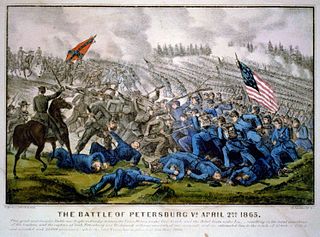
The Third Battle of Petersburg, also known as the Breakthrough at Petersburg or the Fall of Petersburg, was fought on April 2, 1865, south and southwest Virginia in the area of Petersburg, Virginia, at the end of the 292-day Richmond–Petersburg Campaign and in the beginning stage of the Appomattox Campaign near the conclusion of the American Civil War. The Union Army under the overall command of General-in-Chief Lieutenant General Ulysses S. Grant, launched an assault on General Robert E. Lee's Confederate Army of Northern Virginia's Petersburg, Virginia, trenches and fortifications after the Union victory at the Battle of Five Forks on April 1, 1865. As a result of that battle the Confederate right flank and rear were exposed. The remaining supply lines were cut and the Confederate defenders were reduced by over 10,000 men killed, wounded, taken prisoner or in flight.
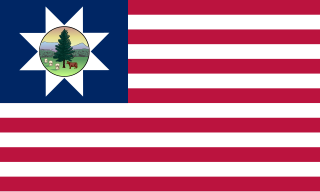
The 2nd Vermont Infantry Regiment was a three years' infantry regiment in the Union Army during the American Civil War. It served in the eastern theater, predominantly in the VI Corps, Army of the Potomac, from June 1861 to July 1865. It was a member of the famous Vermont Brigade.

James H. Bronson was an African American Union Army soldier during the American Civil War and a recipient of America's highest military decoration, the Medal of Honor.
The following Union Army units and commanders fought in the Battle of Spotsylvania Court House of the American Civil War. The Confederate order of battle is listed separately. Order of battle compiled from the casualty returns and the reports.
The 1st United States Sharpshooters were an infantry regiment that served in the Union Army during the American Civil War. During battle, the mission of the sharpshooter was to kill enemy targets of importance from long range.

The 1st Michigan Sharpshooters Regiment was an infantry regiment that served in the Union Army's Army of the Potomac during the American Civil War.
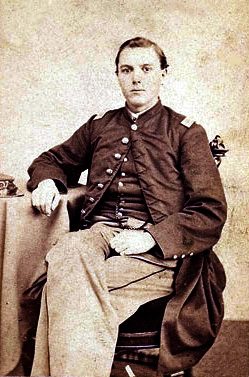
John Gregory Bishop Adams was an American soldier who received the Medal of Honor for his actions during the American Civil War.

The 125th New York Infantry Regiment was a volunteer regiment from Rensselaer County, New York, during the American Civil War. Formed during the summer of 1862, the unit was officially mustered into United States Service on 27–29 August 1862, by Col. George L. Willard. He had seen previous service in the Mexican War as well. Levin Crandall was commissioned lieutenant colonel, and James C. Bush major. The unit was mustered out on 5 June 1865.

James Clay Rice was a lawyer from Massachusetts who became a brigadier general of volunteers in the Union Army during the American Civil War. He was killed at the Battle of Spotsylvania Court House in May 1864.

Charles McAnally was a native of Glenviggan, County Londonderry, Ireland who served with the federal army of the United States during the American Civil War. Severely wounded in action while fighting as a first lieutenant with Company D of the 69th Pennsylvania Infantry at Spottsylvania, Virginia, on May 12, 1864, he captured the flag of the enemy during hand-to-hand combat with Confederate States Army soldiers, and was subsequently awarded the United States' highest commendation for valor, the Medal of Honor, on October 15, 1872.

Arthur Tracy Lee served as an officer in the regular army before and during the American Civil War. He was also an author, painter, musician, and an architect.
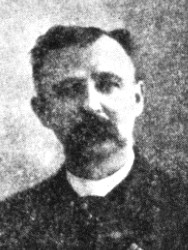
Orlando Phidelio Boss (1844-1931) was a corporal in Company F, 25th Massachusetts Volunteer Infantry during the American Civil War. He received Medal of Honor for his bravery at the Battle of Cold Harbor, Virginia on June 3, 1864. Prior to rescuing Lieutenant Daly of his regiment, he had dragged another wounded comrade to safety among the enemy fire. He had then appealed to his brigade commander, General George J. Stannard, for permission to rescue the lieutenant. General Stannard consented, and Boss succeeded in bringing the wounded office despite a torrent of enemy gunfire that erupted at him during his deed.
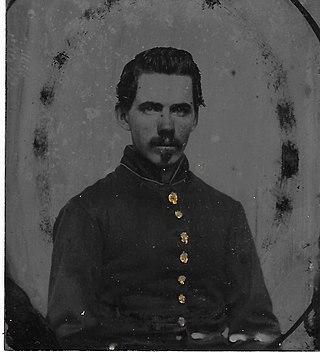
William Garrett Whitney was an American Medal of Honor recipient who served in the Union Army during the American Civil War and was awarded for his actions during the Battle of Chickamauga. He served in Company B, 11th Michigan Infantry, enlisting August 24, 1861 as a sergeant. Whitney was 21 years old at the time of enlistment and was from Allen, Michigan. There were at least 53 men who served from Allen.

Alexander H. Mitchell was a United States military officer who fought with the Union Army during the American Civil War as captain of Company A of the 105th Pennsylvania Infantry. Wounded multiple times in combat during the war, he was awarded the Kearny Cross for his distinguished service in the Battle of Chancellorsville, Virginia in May 1863, and was then also awarded his nation’s highest award for valor, the U.S. Medal of Honor for his capture of a Confederate flag in hand-to-hand combat with the color-bearer of the 18th North Carolina Infantry during the Battle of Spotsylvania Court House on May 12, 1864.

The 56th Regiment Massachusetts Volunteer Infantry was a regiment of infantry that served in the Union Army during the American Civil War. It was one of the four "Veteran Regiments" raised in the winter of 1863–64. Recruits of these regiments were required to have served at least nine months in a prior unit. The regiment was attached to the IX Corps of the Army of the Potomac and took part in Lieutenant General Ulysses S. Grant's Overland Campaign in the spring of 1864. They were in extremely heavy combat during the campaign, suffering great casualties during engagements which included the Battle of the Wilderness, Spotsylvania Courthouse, and the Battle of the Crater. They were involved in several assaults during the Siege of Petersburg in 1864 and participated in the spring 1865 battles which finally drove General Robert E. Lee's Confederate Army from their entrenchments in Petersburg, leading to the end of the war at Appomattox Courthouse.
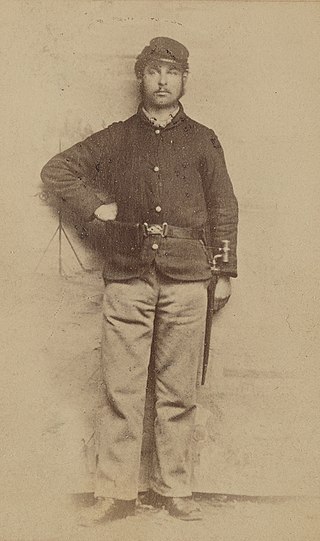
Charles Wellington Reed was an American soldier who fought with the Union Army in the American Civil War. Reed received his country's highest award for bravery during combat, the Medal of Honor, for actions taken on July 2, 1863 during the Battle of Gettysburg.

J. Levi Roush was an American soldier who fought with the Union Army in the American Civil War. Roush received his country's highest award for bravery during combat, the Medal of Honor, for actions taken on July 2, 1863, during the Battle of Gettysburg.


















